Why do aerial work platforms often experience tipping accidents?
Release time:
2024-12-24
Author:
Source:
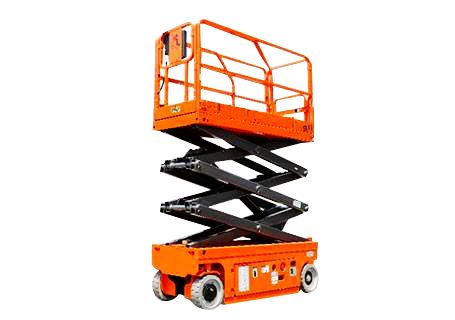
Safety Knowledge Promotion for Aerial Work Platforms
In this era of pursuing efficiency and convenience, aerial work platforms are indispensable tools in modern engineering construction and maintenance. With their powerful working capabilities and flexibility, they bring great convenience to our work. However, with the widespread use of aerial work platforms, their potential safety risks have become increasingly prominent. In recent years, frequent accidents involving aerial work platforms both domestically and internationally have not only brought endless pain to victims and their families but have also sounded the alarm for our safety production. Therefore, learning safety knowledge about aerial work platforms is particularly important; being responsible for one's own life is more important than work.
Therefore, we will present safety knowledge regarding accidents involving aerial work platforms, listing several common accidents and explaining methods to prevent such accidents. It may take you a few minutes, but we hope it can help you.
1. Common Accident 1: Tipping Accident
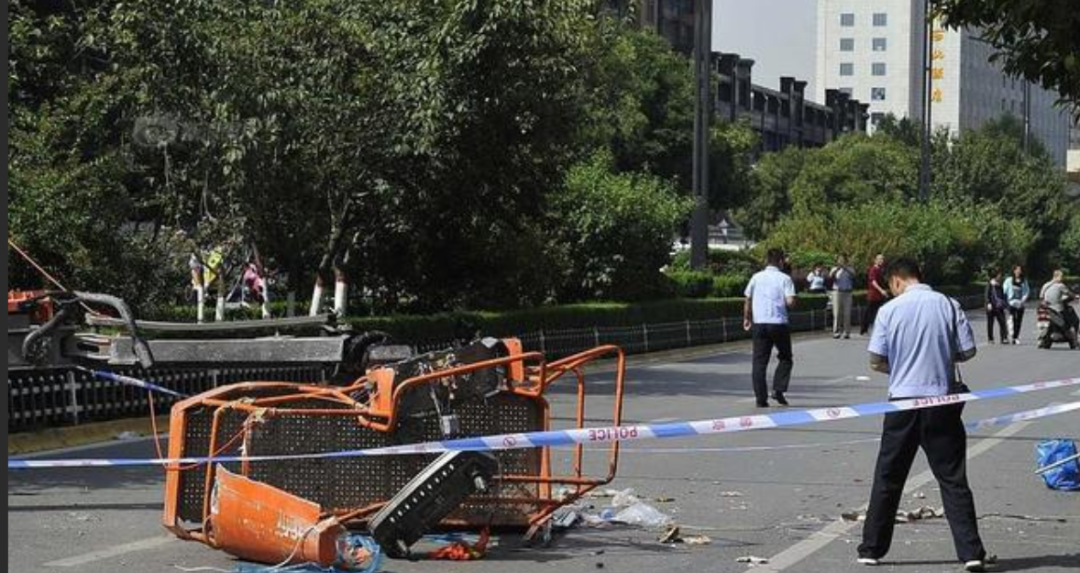
Question
What are the causes of tipping accidents?
Answer
1. The outriggers are not fully extended or not securely supported. Operators may ascend for work before the outriggers are fully extended, leading to vehicle overturning.
2. Uneven or soft ground may cause the outriggers to sink due to poor ground conditions, leading to tipping.
Excessive wind: Performing aerial work in high winds increases the wind surface area of the vehicle, reducing stability.
3. Overloading or uneven load distribution, exceeding the rated load capacity or number of people on the platform, or uneven load distribution can all lead to tipping.
4. Collision with surrounding objects: For example, a scissor lift colliding with surrounding machinery or equipment while elevated may cause tipping.
Question
How to prevent tipping accidents?
Answer
1. Ensure that the outriggers are fully extended and securely supported on solid, level ground. When working on soft or uneven ground, support materials should be placed under the outriggers to increase the support area.
2. In cases of excessive wind (usually above level six), aerial work should be stopped.
3. Strictly adhere to the weight and personnel limits of the aerial work platform, ensuring even load distribution.
4. During operations, avoid collisions with surrounding objects to maintain the stability of the work vehicle.
2、Common Accident 2: Falling from Heights
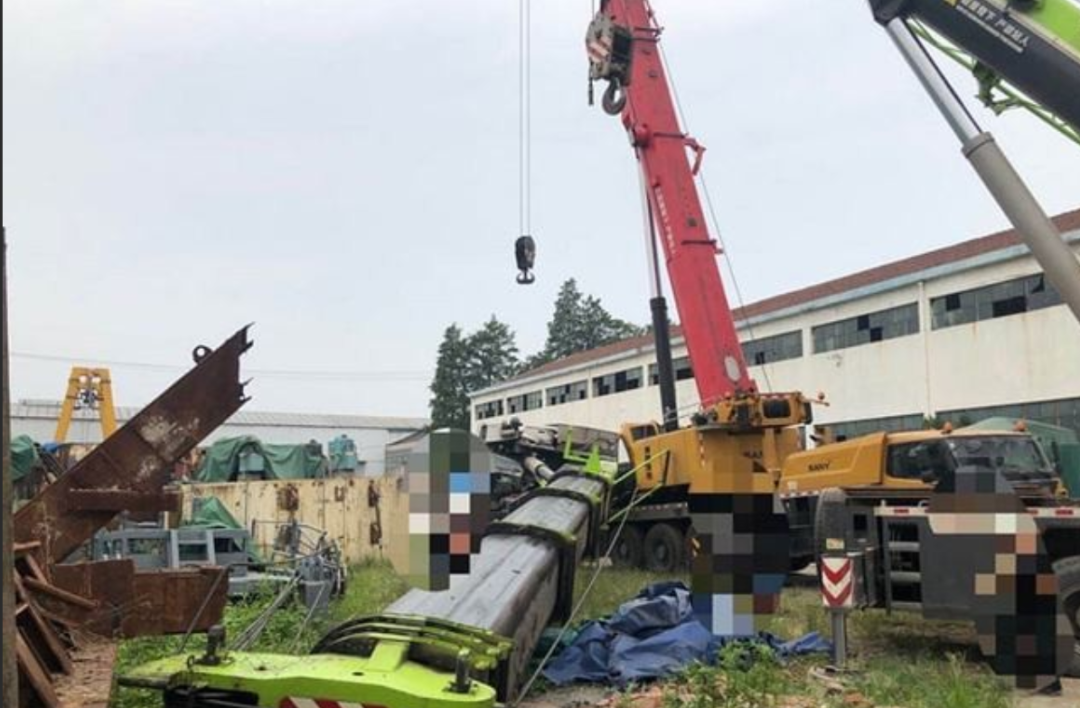
Question
Why do falling accidents occur?
Answer
Causes:
1. Operators not wearing safety belts or wearing them incorrectly.
2. Missing or damaged guardrails on the work platform.
3. Operators crossing the platform or guardrails to work, losing balance and falling.
Question
How to prevent falling accidents?
Answer
1. Operators must wear qualified safety belts and ensure they are correctly attached to a secure anchor point.
2. Regularly check the integrity and stability of the guardrails on the work platform, and repair any damage promptly.
3. It is strictly prohibited for operators to cross the platform or guardrails to work, ensuring they always work within a safe area.
3. Common Accident 3: Collision Accident
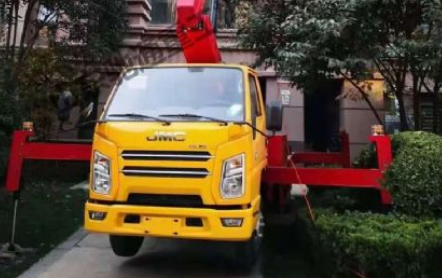
Question
What are the causes of collision accidents?
Answer
Causes:
1. Operators not paying attention to the surrounding environment, leading to collisions between the work vehicle and obstacles or other vehicles.
2. The risk of collision accidents is higher in narrow or crowded working environments.
Question
How to prevent collision accidents?
Answer
1. Operators should carefully observe the surrounding environment before starting work to ensure there are no obstacles or other vehicles.
2. In narrow or crowded working environments, extra caution should be taken to avoid collisions.
3. Use warning signs and lights to alert surrounding personnel to the presence of aerial work platforms.
4. Installing anti-collision switches can also significantly reduce the accident rate.
4、What else can be done to prevent accidents?
Question
Besides preventing accidents, what else should we do?
Answer
1. Regularly maintain and service aerial work platforms to ensure they are in good working condition.
2. Provide strict training and assessment for operators to ensure they are familiar with operating procedures and precautions.
3. Establish a comprehensive safety management system and emergency plans to enable swift action in case of emergencies.
4. When using aerial work platforms, closely monitor changes in the surrounding environment, especially weather conditions and the status of power lines. In adverse weather conditions (such as strong winds, heavy rain, etc.), work should be suspended, and appropriate safety measures should be taken.
5. For insulated aerial work platforms, special attention should be paid to preventing the insulated boom from being bumped or collecting dust to maintain its insulation performance.
5. Sharing of Complete System Solutions for TOP-Auto Technology Wheeled Scissor Lifts
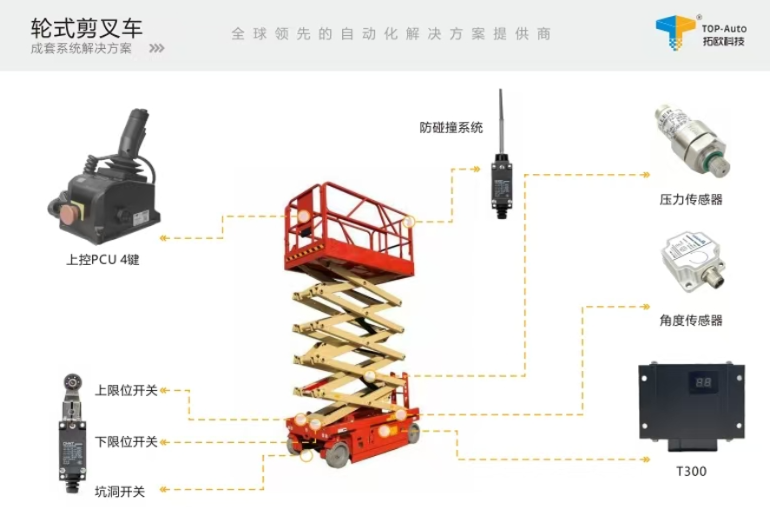
TOP-Auto Technology has focused on the electric control system field of aerial work platforms for over a decade. Through years of dedication and innovation in the control field, we possess multiple core technologies in autonomous control. If you have anyneeds for fault repair and maintenance of aerial work platforms, you can contact us through the following methods!
Latest News
Share



